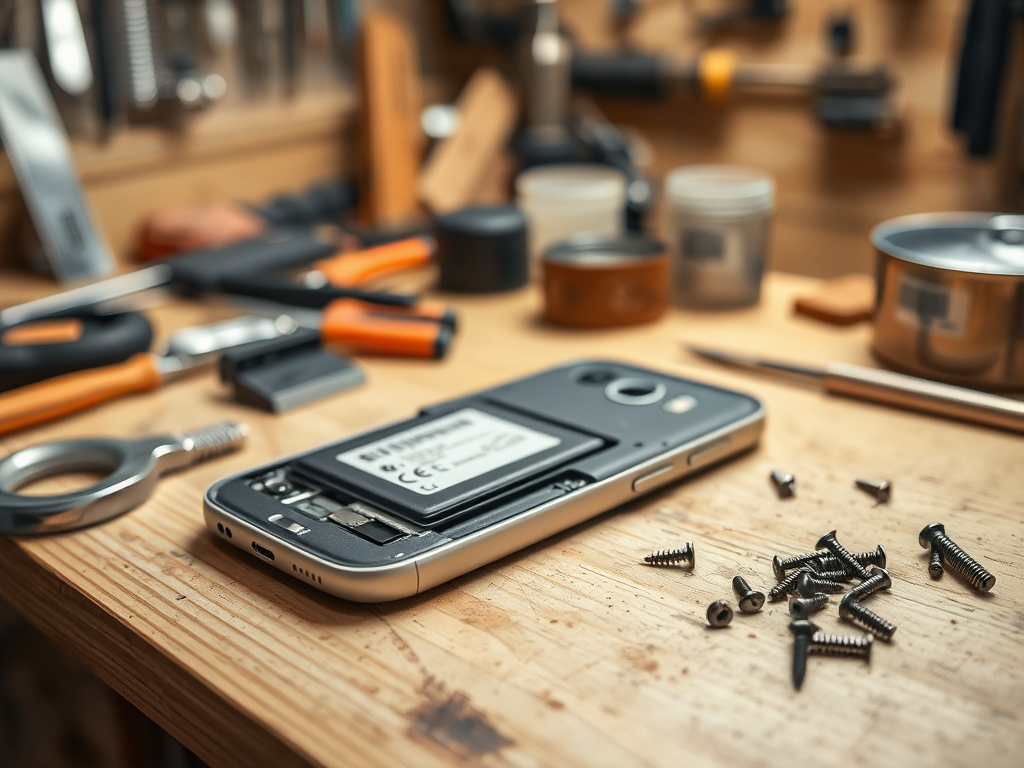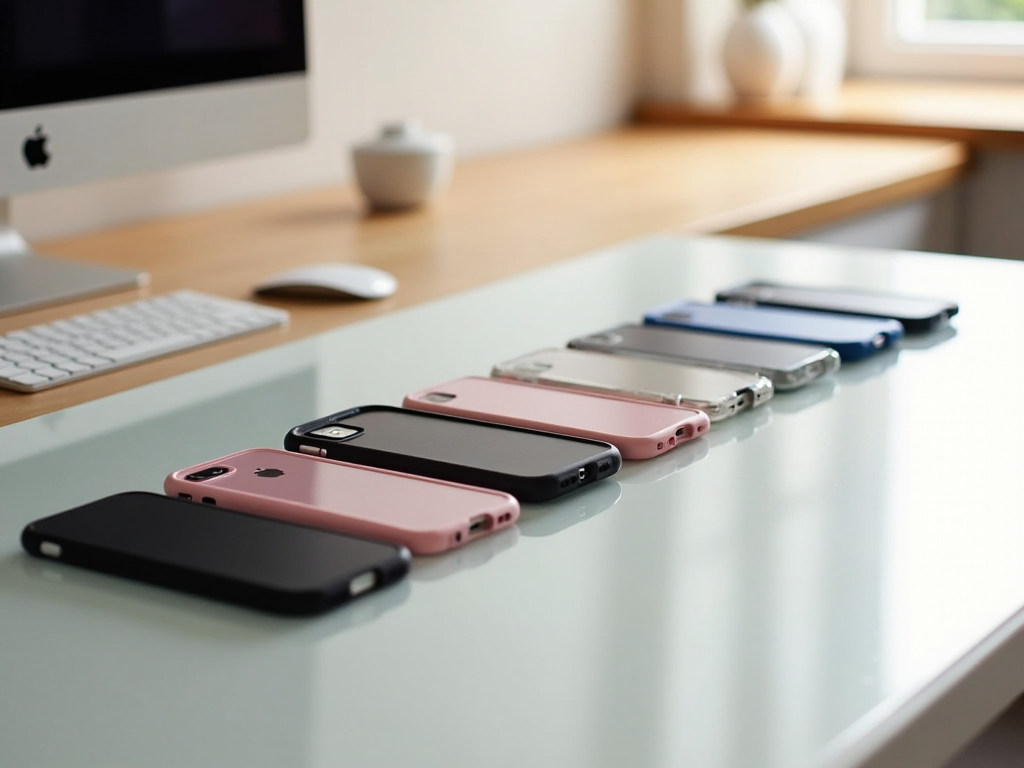Mobile technology has revolutionized the way we interact with the world, and a significant aspect of this change is the ability to remotely control android devices. Whether for managing a fleet of corporate smartphones, assisting a friend with tech support, or ensuring your loved ones can be helped in moments of technical difficulty, the ability to remotely control an android phone from another phone is invaluable. In this article, we delve into the intricacies of establishing such control, its uses, necessary preparations, and the tools available for remote accessing or remote support.
Understanding Remote Phone Control
Remote phone control is the ability to access and manage one mobile device from another through a connection facilitated by software or a web service. This capability unlocks numerous potential applications, from providing remote support to loved ones to managing a network of company devices. For android phones, this technology allows users a high level of flexibility and support, effectively bridging the gap between physical possession of a device and the necessity of managing it from afar.
The paradigm of remotely controlling or remotely accessing devices has broadened with the increasing sophistication of mobile devices. Business professionals might need to access documents on their work phones while they’re using their personal device, parents might wish to monitor their children’s online activity for safety, or IT specialists might need to provide immediate assistance to a team member having technical difficulties with their device. These scenarios highlight the practical benefits of screen sharing and remote controls.

Preparing Your Android Phone for Remote Control
Before diving into remote controls, it’s essential to prepare android devices for such interactions. This process ensures the security and effectiveness of the remote connection and typically involves several essential steps:
- Enabling remote access in the device settings.
- Installing a compatible app that facilitates remote control.
One should be heedful about security when it comes to remotely accessing another device. Secure passwords, two-factor authentication, and encrypted connections are more than recommended—they are a necessity to protect sensitive data. The targeted device will need to have these security measures in place prior to its remote desktop being accessed.
Applications and Tools for Remote Control
A variety of applications are available for remotely controlling android phones, each with unique features tailored to different user needs. Three of the most prominent applications are TeamViewer, Google’s Find My Device, and AirDroid. Below, we look at what each app offers and how it fits into the framework of remote support and management.
- TeamViewer: Renowned for its versatile remote support capabilities, TeamViewer is a robust tool offering comprehensive remote access features. It does not limit to android devices; it could also extend the service to ios devices, allowing a seamless support experience.
- Google’s Find My Device: An integrated solution for android users that offers basic remote actions such as lock, ring, or erase the device. While it doesn’t offer full-scale screen mirroring, it’s a useful tool for locating lost devices or providing minimal remote support.
- AirDroid: A multifaceted tool that caters specifically to remote accessing android devices. AirDroid excels in wirelessly transferring files, remotely viewing notifications, and even answering SMS messages from the remote device.
| Application | Screen Sharing | Screen Mirroring | File Transfer | Full Remote Control | Platform Compatibility |
|---|---|---|---|---|---|
| TeamViewer | Yes | Yes | Yes | Yes | Android, iOS |
| Google’s Device | No | No | No | Limited | Android |
| AirDroid | Yes | No | Yes | Yes | Android |

Step-by-Step Process to Remotely Control an Android Phone
After selecting an application that matches your remote control needs, setting up a remote connection is relatively straightforward. The following are generalized steps that outline the process:
- Install the chosen remote control application on both the controlling and the targeted android phones.
- Open the app on the target phone and complete any setup process required, such as creating an account or setting up a unique access ID. Once connected, you will often get prompts to allow various permissions for the app to function correctly.
- On the controlling device, enter the remote ID or connect to the target phone through the interface provided by the app.
It may take a few tries to establish a stable connection due to network issues or software quirks, but once the initial hurdles are overcome, users can typically expect a seamless remote experience. Remotely controlling Android devices also boasts the ability to perform various actions, like screen mirroring, which mirrors the display of the targeted device onto the controller’s screen, enabling comprehensive support and management.
The advancements in remote desktop technology and Android’s open system have paved the way for more sophisticated control over mobile devices. Samsung phones, for example, offer additional proprietary functionalities that could enhance the remote interface, such as Samsung Knox, which adds an extra layer of security to the remote operations.
Advanced Features and Tips
Beyond basic controls, many remote support apps provide advanced features that enable more comprehensive management of the remote device. Features such as remote camera access, screen recording, and even GPS tracking can be beneficial for varied purposes. For instance, IT administrators can use these features to keep track of company devices, or individuals could use them for monitoring the safety of family members’ devices with their consent.
When it comes to remote management, simple tips can markedly improve the experience. For instance, ensuring that both devices are connected to a stable Wi-Fi connection can prevent connectivity issues during remote sessions. Additionally, frequently updating the remote control app can provide users with the latest features and security enhancements. It’s also wise to be familiar with the privacy settings and permissions on both devices to maintain personal data security.
Safety and Privacy Concerns
Safety and privacy are paramount when remotely controlling another smartphone. Users must prioritize these aspects to prevent unauthorized access and protect sensitive information. Ensuring that the connection is encrypted and that the remote control apps are downloaded from reputable sources are primary steps in maintaining a secure environment.
- Only use remote applications with strong security protocols to protect data integrity during transmission.
- Regularly update your security settings and the remote control apps to counter emerging threats and vulnerabilities.
Users should be extra vigilant about who has access to their devices. Always authenticate the identity of individuals who request remote access to your phone and make sure that you trust the person on the other end. Regularly reviewing the access logs and permissions on both smartphones can help you track any unusual or unauthorized activities.

Conclusion
Remotely controlling an Android phone from another phone is not only possible but also increasingly intuitive with the growing variety of apps dedicated to this purpose. Anyone with fundamental tech knowledge can set up their devices for remote access, although some may find advanced features require deeper understanding. It offers immense convenience and flexibility, providing users with the freedom to manage their digital presence without being hindered over geographical limitations.
As we usher in an era where digital connectivity is commonplace, it is crucial to recognize the benefits and risks attached to remote control technologies. By ensuring proper security measures and using trustworthy applications, users can safely explore the full potential of remotely managing an Android device. Ultimately, the value of being able to remotely control mobile devices lies in the convenience and peace of mind it brings to our interconnected lives.
FAQs
Q1: Can I remotely control an Android phone from an iPhone?
A1: Yes, several cross-platform apps like TeamViewer allow users to remotely access an Android device from an iPhone.
Q2: Is it necessary to root the Android device to enable remote control?
A2: No, rooting is not necessary for most remote control apps. However, rooting might unlock additional features on some specialized apps.
Q3: How safe is it to use remote control apps?
A3: It is generally safe to use remote control apps, especially those from reputable providers that offer end-to-end encryption. Always download apps from official app stores and keep them updated.
Q4: Will I be able to access all the features of the remote Android device?
A4: Yes, with the proper app, most features of the remote Android device can be accessed. However, some actions, such as hardware buttons, may not be available unless the device is rooted.
Q5: Can remote control apps transfer files between devices?
A5: Yes, many remote control apps include file transfer capabilities that make sharing files between devices easy and efficient.



